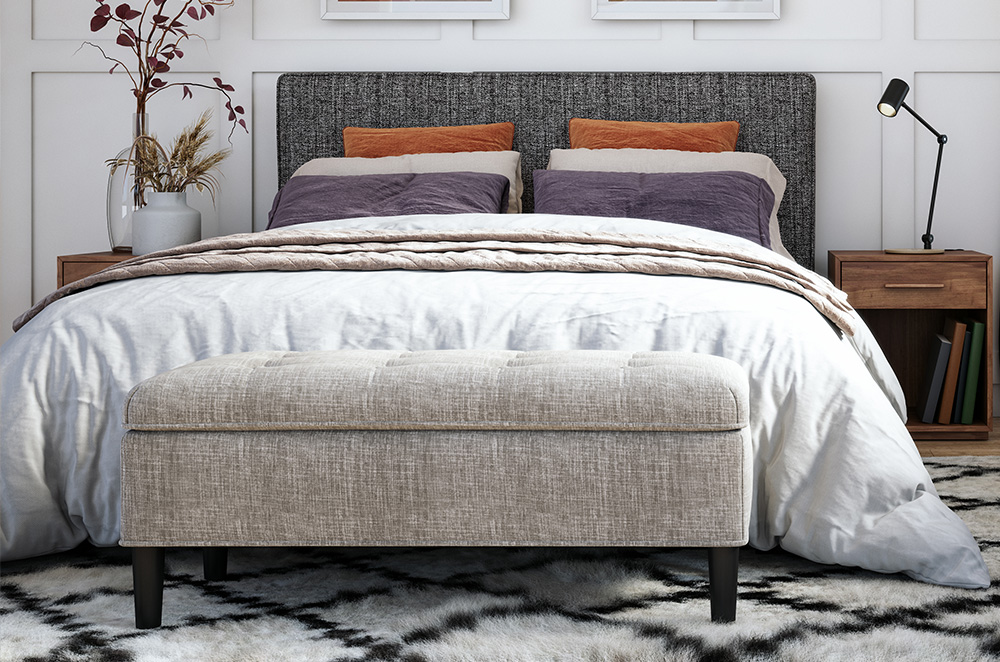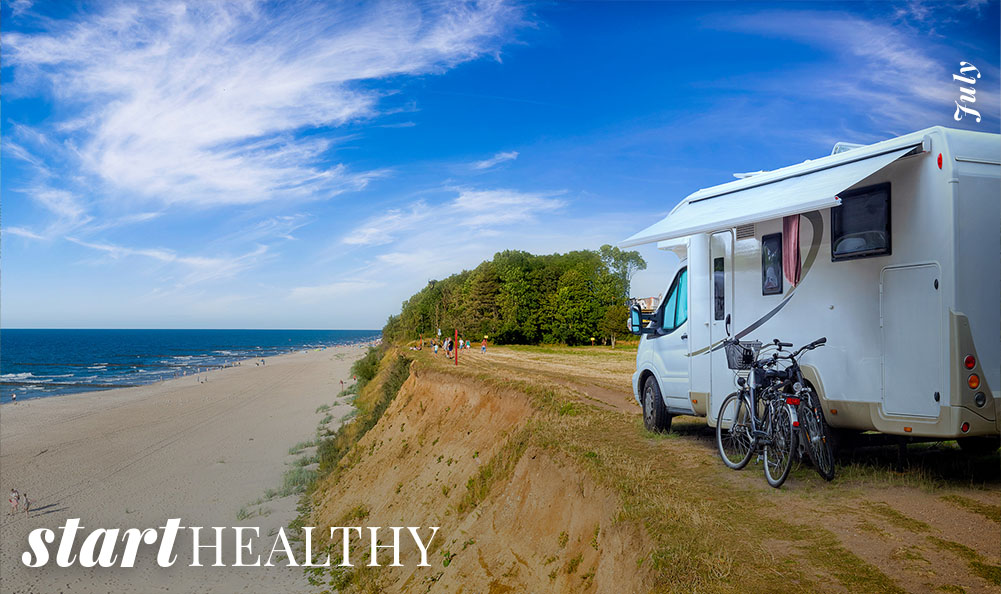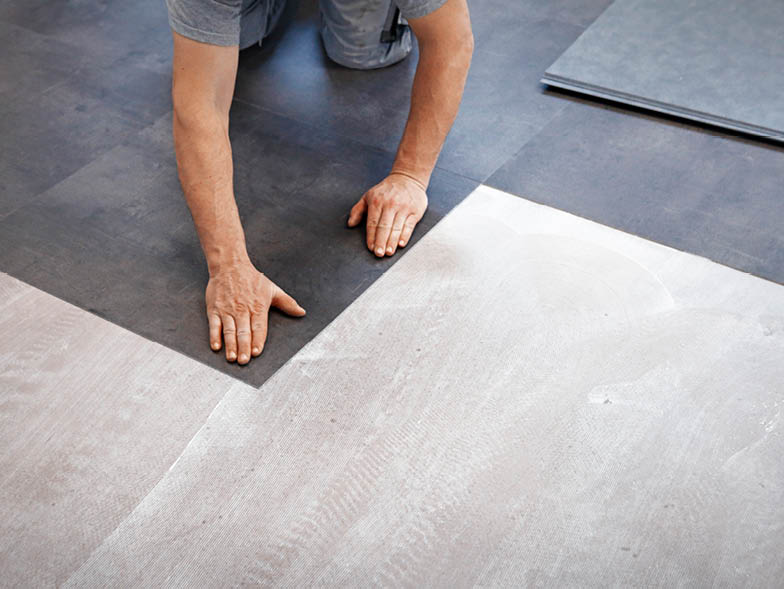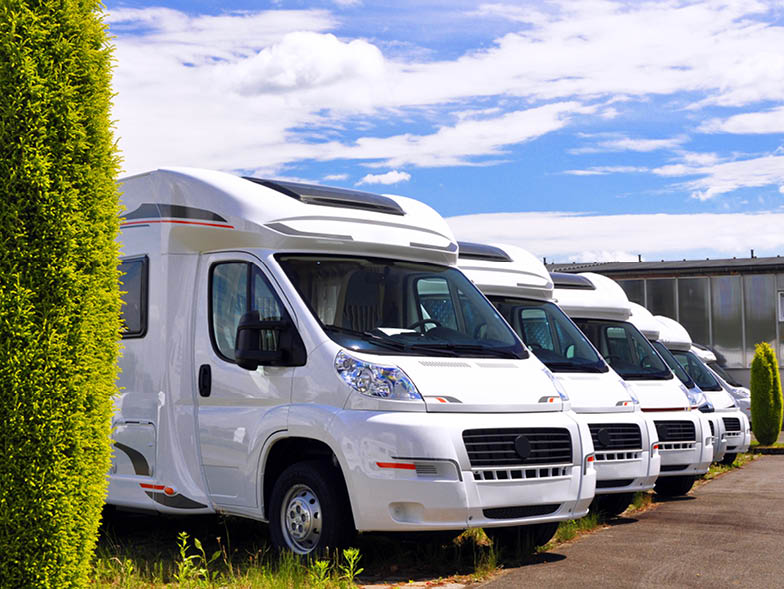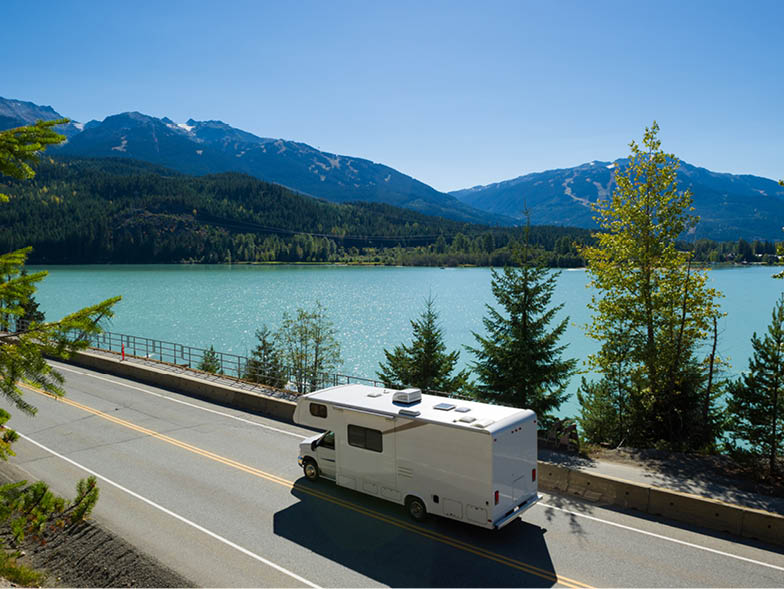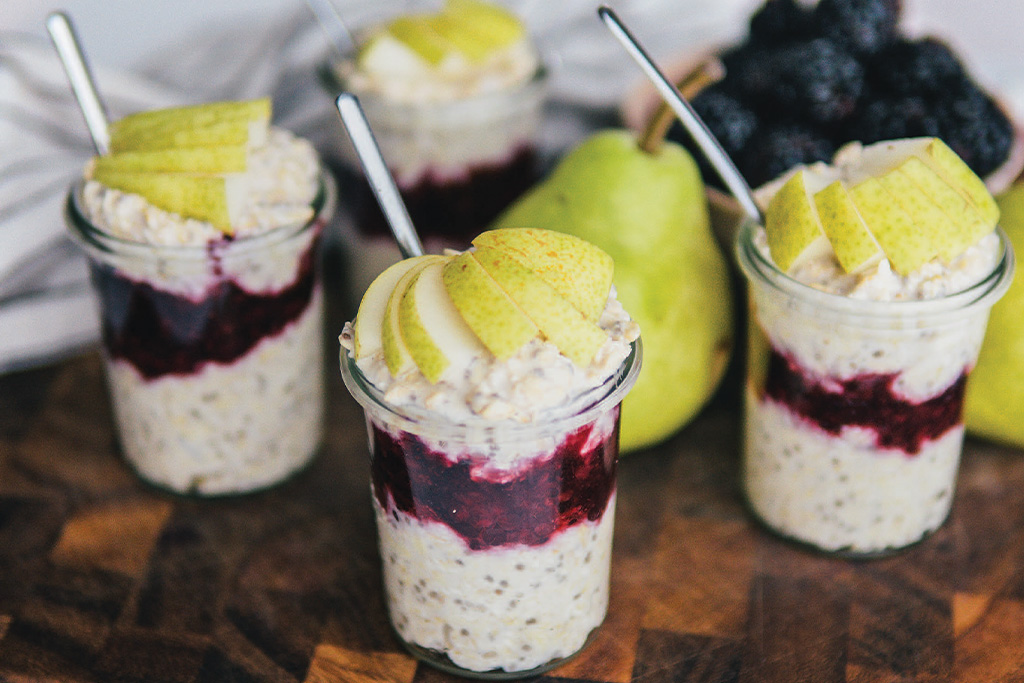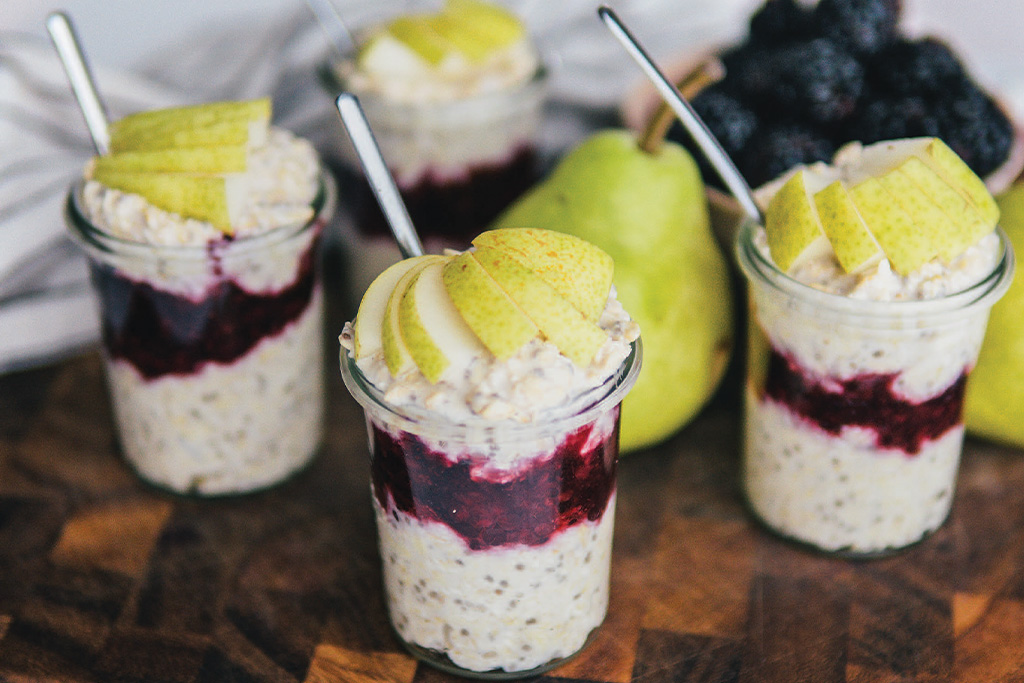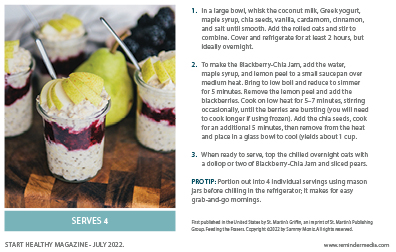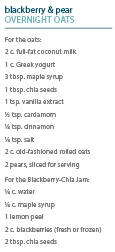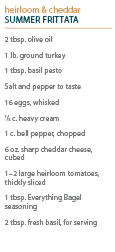Array
(
[0] => Array
(
[item_type] => phone
[content] => Array
(
[label] => Direct
[number] => 7027271969
[extension] =>
)
)
[1] => Array
(
[item_type] => email
[content] => Array
(
[label] => Email
[email_address] => info@carothersins.com
)
)
[2] => Array
(
[item_type] => website
[content] => Array
(
[label] =>
[value] => https://www.carothersinsurance.com/
)
)
)
?>
On weekends, Missouri residents Terri Steffes, owner of the blogs Our Good Life and Christmas Tree Lane, and her husband Bob, a university administrator, head out of town with their towable camper. They purchased their used travel trailer, a nüCamp TAG, during the COVID-19 pandemic so they could travel safely and affordably. Scott Pasternak, a retired technology administrator from Brooklyn, NY, and his wife Kallen Tsikalas, a research and learning professional, also purchased their camping trailer, a sixteen-foot Scamp, during the pandemic so they could enjoy the outdoors with their daughter. Recreational vehicle travel has surged in the United States in recent years and continues to grow in popularity as vacationers buy and rent RVs. If you’ve been thinking about buying an RV, the guide that follows can help you decide if it’s the right choice for you.
Comforts of home
RVs provide an economical way to travel and camp, but with more amenities than a tent. For instance, Steffes’ teardrop-shaped camper has a full bed and cupboards for storage inside. On the unit’s rear exterior is a clamshell covering that houses a sink, propane stove, and built-in refrigerator. She has outfitted the interior of her camper with curtains, her favorite sheets, and mementos from past RV trips. She and her husband used to enjoy camping in a tent but would rather bunk in their TAG these days.
Pasternak also purchased his RV to simplify camping trips. He owns a pop-up tent but finds it tiring to set up nowadays. His Scamp RV is bigger than Steffes’s mini camper and includes a kitchen, double bed, bunk beds, and full bathroom with a shower. However, he notes that, “Because we are experienced tent campers, we don’t use the amenities. I added them for resale value and convenience.”
Towable or motorized RV
There are two options when it comes to RVs and campers: drivable or towable. Motorized RVs tend to be larger and cost more per square foot, while towable ones require an additional vehicle, such as a car or pickup truck, with adequate towing capacity. “The bigger, drivable campers are more costly to both drive and upkeep,” Pasternak adds. Steffes and her husband use their four-cylinder Honda CRV to tow their TAG. Meanwhile, Pasternak and his wife bought a car specifically to pull their camper. “The camper weighed a little too much for my old car, so I had to buy a new one when we bought the camper,” he explains. Steffes and Pasternak both have more basic RVs, but there are options with high-tech entertainment systems, kitchens with full-sized appliances, and bathrooms with large bathtubs.
Buying an RV
A big decision when purchasing an RV is whether to buy new or used. A new RV will cost considerably more than a used one, but a preowned RV might not have a manufacturer’s warranty and could need repairs. You could also hire a professional RV inspector to inspect the vehicle before you buy it. On average, RVs can cost anywhere from about $17,000 to almost $150,000, and even more if they are highly customized. The cost to rent an RV varies from $50 to $275 a night, excluding expenses like a campsite fee.
If you purchase a used RV, you can either update the vehicle yourself or hire a specialized contractor to do it for you. Before you buy a recreational vehicle, you should also consider additional RV ownership costs, such as maintenance, campsite fees, gasoline for towing or driving your vehicle, and propane for powering your appliances. Also, if you don’t have space at home to park your RV, you may need to lease a location to store it elsewhere.
Where to stay
When you travel by RV, you can stay in a privately run RV campground or vacation at a state or national park campsite. Some campsites won’t offer much except a place to park, while others may have a bathhouse, electric and water hookups, pools, free Wi-Fi, restaurants, and more. Steffes and her husband enjoy staying in Missouri’s lake-filled state parks. Pasternak takes his RV to state parks in New York’s Adirondack and Catskill mountains and to the Delaware Water Gap National Recreation Area in New Jersey and Pennsylvania.
Fun adventures
A desire to enjoy the great outdoors draws many people to RVs. “We love hiking and getting out into nature, and we snowshoe in the winter,” Pasternak says. When they travel with their RV, they are able to bring their dog and bicycles. Steffes and her husband start their RV weekends outside their camper with some wine, a charcuterie board, and perhaps a game of cards by the campfire. They love cooking campfire meals like biscuits and gravy, and Steffes’ husband recently purchased an outdoor Blackstone griddle so they can make foods like pizza, scrambled eggs, and bacon. “Everything cooked outside tastes so good,” she says. “It might be the outdoor air.” Pasternak and his wife make fish, soups, and stews on a portable camping stove and an outdoor grill. “We cook the same caliber food when camping as we do at home, if not better,” he says.
For Pasternak, one of the greatest joys of having an RV is owning a second home, but one that’s mobile and doesn’t cost much. “Being city dwellers, we consider it our country house,” he says. “We aren’t paying a mortgage, so it’s not as financially burdensome.”

